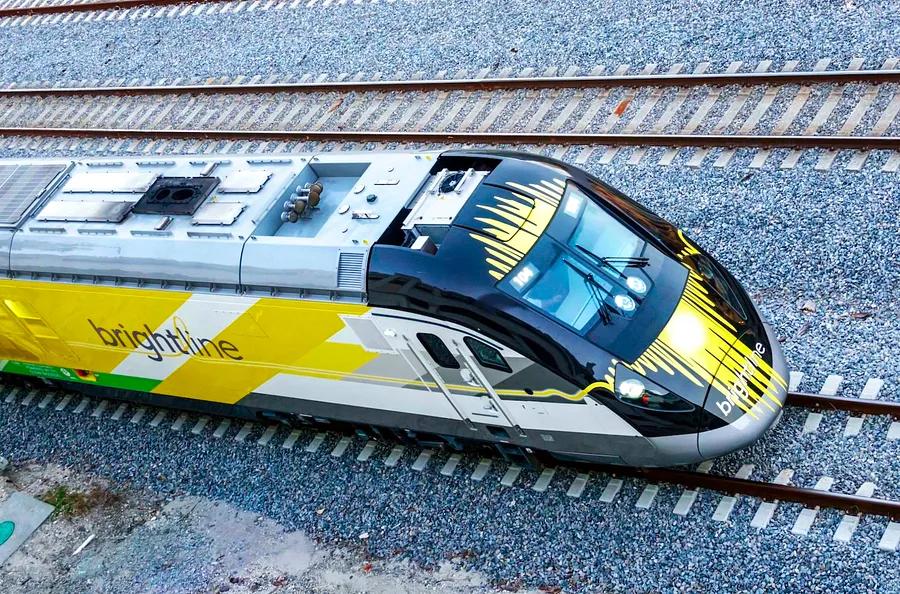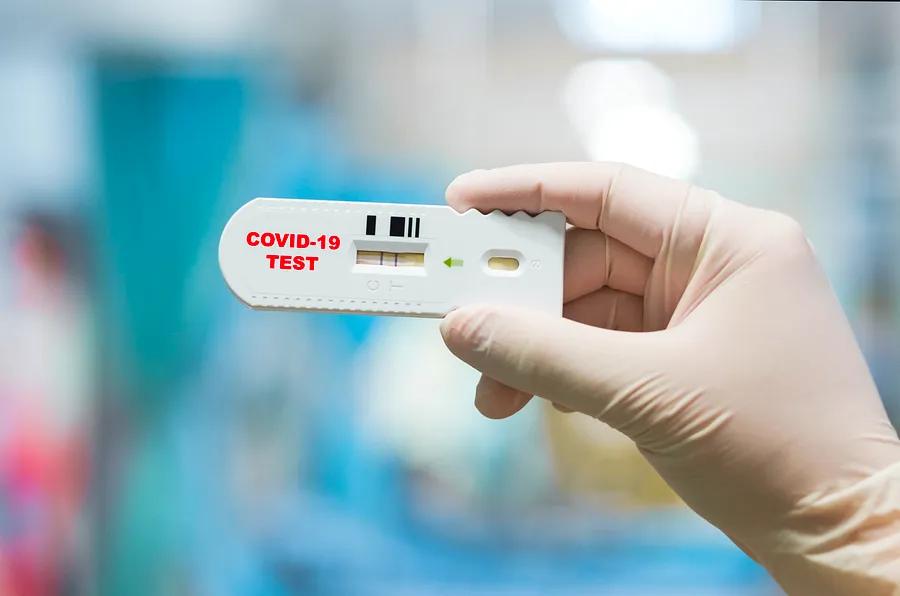Dubai reveals plans for an innovative electric sky pod transportation network

Dubai’s residents and visitors may soon experience a more scenic commute as aerial vehicles are integrated into the city's public transportation system.
Dubai's Roads & Transport Authority (RTA) has entered a partnership with UK-based Beemcar to develop autonomous pods that will travel above the city's traffic.
The envisioned system, described as a blend of a monorail and a ski lift, will feature electric pods that seat four passengers each, traveling at speeds of 50 km/h across nearly 50 kilometers of the city’s busiest corridors.
The pods will be suspended from carbon composite beams at least 7.5 meters above the ground, remaining level at all times to ensure a smooth ride. Beemcar estimates the network could serve up to 20,000 passengers per hour.

Avoiding the traffic jams
This initiative aligns with Dubai’s ambitious goal to have 25% of all city journeys made using driverless vehicles by 2030, while also boosting the share of public transport usage.
In addition, the city is working on developing autonomous air taxis and driverless “last-mile” shuttle buses to further enhance transportation options.
Beemcar’s CEO Robin Brownsell asserts that the electric pod network will not only offer environmental benefits but also help save valuable space compared to conventional ground-based transportation infrastructure.
“The real impact will be seen in densely populated urban areas,” says the CEO, highlighting that the system could create more space for healthier transportation options like walking and cycling.
Although specific investment figures have not been disclosed, Beemcar asserts the system will be financially viable through fare revenues, with Brownsell confident that it will offer a competitive alternative to traditional public transit.
He cites the example of Glasgow Airport in Scotland, where a proposal for an elevated pod system has been favored over the costlier alternative of a rail link.
No official completion date has been set, but the goal is for the Dubai system to be up and running before the 2030 target for 25% driverless transport. Beemcar will establish a development center and collaborate with Dubai authorities over the next three to four years to secure a license for passenger operations.
The company has been developing the system with backing from the UK government, which envisions the model as a potential scalable solution.
“We are excited about BeemCar’s vision to create a forward-thinking transport system,” UK Transport Minister Rachel Maclean shared with Dinogo. “Sky pods could alleviate congestion in some of the world’s busiest cities, enhance air quality, and make walking and cycling safer and more enjoyable.”
Emerging sector
The RTA is also collaborating with two other “sky pod” companies—US-based SkyTran and Belarusian firm Unitsky String Technologies—both of which are working towards launching aerial networks in Dubai.
The neighboring Emirate of Abu Dhabi is considering the introduction of a SkyTran system to connect theme parks on Yas Island.
The concept of Public Rapid Transit (PRT)—lightweight, driverless vehicles running on dedicated tracks along fixed routes—has been under development since the 1950s, but has yet to see widespread use. A few systems have been implemented, including the 'Urban Light Transit' at Heathrow Airport in the UK.
The progress of PRT systems has been hindered by regulatory challenges, according to Nathan Koren, a consultant at UK-based urban transport firm Podaris.
“Regulators have struggled to approve vehicles that travel closely together at high speeds,” Koren explains. “To gain acceptance, you need to demonstrate that your safety measures are foolproof.”
Brownsell also emphasizes the importance of political will in pushing forward the development of new infrastructure.
“In the UK, most large-scale infrastructure projects take around 15 years to get approved,” he notes. “However, with a strong vision and top-level backing, many of these barriers can be overcome.”
Rapid expansion
Koren believes we may be on the brink of a rapid surge in the adoption of PRT systems.
“In recent years, there has been a significant increase in serious efforts to develop these systems, something we’ve never seen before,” he states, noting that most of these efforts are still not in the public domain.
Koren suggests that the advancements in driverless car technology are helping to propel the development of PRT systems.
“The early PRT systems had to rely on completely custom-made hardware for navigation and control,” he explains. “But the investment in autonomous vehicles has led to innovations like affordable LIDAR sensors and standardized vehicle-to-vehicle communication.”
“Many of the technologies that were once custom-built for PRT systems can now be purchased as off-the-shelf solutions,” says Koren.
Steve Griffiths, senior vice president of research and development at Khalifa University in Abu Dhabi, believes the UAE is an ideal location for PRT system development.
“The funding and ambition are there, and the climate presents challenges for promoting soft mobility like walking and cycling,” Griffiths explains. He previously consulted on the Masdar City project, a sustainable city in the UAE with a PRT system. “During most of the year, people prefer to stay indoors, so a climate-controlled system with a few passengers could be the answer.”
However, Griffiths warns that as these systems compete to replace traditional road transport, they could eventually be overshadowed by newer technologies.
“Dubai and Abu Dhabi are exploring a variety of transportation systems; vertical takeoff and landing vehicles, aerial taxis, and autonomous electric vehicles,” Griffiths points out. “They’re facing stiff competition.”

1

2

3

4

5
Evaluation :
5/5